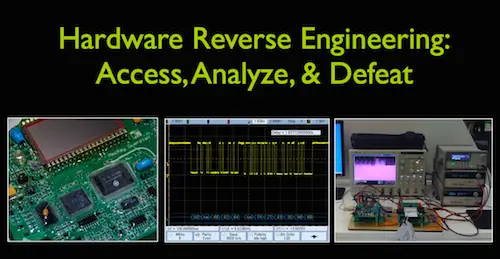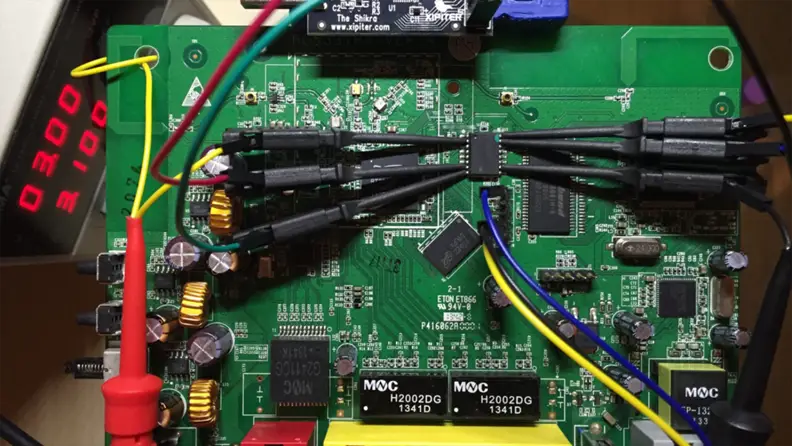Reverse Engineering Hardware

Reverse engineering hardware involves examining and analyzing an existing hardware device to understand its functionality, design, and implementation. This process aims to uncover the internal workings and principles behind the device, often with the intent to replicate or modify it.

Reverse engineering typically involves several steps:

- Physical Disassembly: The device is physically disassembled to expose its internal components and circuitry.
- Functional Analysis: The hardware is tested and monitored to determine its behavior and functionality.
- Schematic Extraction: The device’s design is extracted by creating a schematic diagram that maps out the electronic components and their connections.
- Software Analysis: Software embedded in the device is examined to understand its interaction with the hardware.
- Intellectual Property Protection: Care is taken to avoid infringing on any intellectual property rights associated with the original device.
Reverse engineering hardware is used for various purposes, including:
- Product Analysis: Understanding the design and features of competing products.
- Clone Development: Creating identical or similar devices based on existing ones.
- Security Analysis: Identifying vulnerabilities or backdoors in electronic devices.
- Hardware Modification: Making changes to the device for customization or performance improvement.
- Prototyping: Gaining insights into device design before producing a new product.
Reverse engineering hardware requires expertise in electronics, engineering, and software analysis techniques. It also involves ethical considerations, as it may lead to unauthorized cloning or distribution of intellectual property. As a result, reverse engineering hardware is commonly regulated by intellectual property laws and ethical guidelines.
